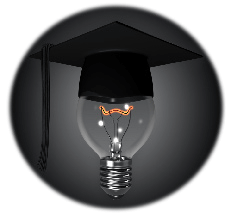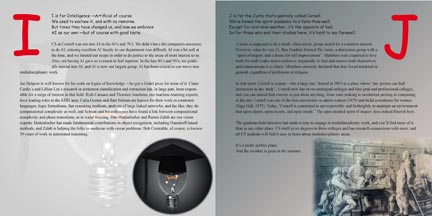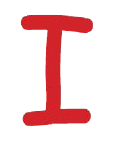 |
|
||||||||||||
| Teaching OO using Java |
| Calculational logic |
| festive occasions |
| ABC book |
| CS Faculty over the years |
| CS@Cornell |
| The Triple-I Administration |
| How Bush Operated |
|
CS at Cornell was not into AI in the 60’s and 70’s. We didn’t have the computers necessary to do AI, enticing excellent AI faculty to our department was difficult, AI was a bit soft at the time, and we limited our scope in order to do justice to the areas of most interest to us. Also, not having AI gave us a reason to feel superior. In the late 80’s and 90’s, we gradually moved into AI, and AI is now our largest group. AI has been crucial to our move into multidisciplinary work. Joe Halpern is well known for his work on logics of knowledge —he got a Gödel prize for some of it. Claire Cardie’s and Lillian Lee’s research in sentiment classification and extraction has, in large part, been responsible for a surge of interest in that field. Rich Caruana and Thorsten Joachims, our machine-learning experts, have leading roles in the KDD area. Carla Gomes and Bart Selman are known for their work in constraint languages, logic formalisms, fast reasoning methods, analysis of large linked networks, and the like; they do computational complexity as well, and Selman and his colleagues have found a link between computational complexity and phase transitions, as in water freezing. Dan Huttenlocher and Ramin Zabih are our vision experts: Huttenlocher has made fundamental contributions in object recognition, including Hausdorff-based methods, and Zabih is helping the folks in medicine with vision problems. Bob Constable, of course, is known 30 years of work in automated reasoning.  |

